Do yourself a favor and be sure to stop by the Light & Noir Holiday Pop-Up Shop at the Skirball Cultural Center in West Los Angeles. Allow plenty of time because you’ll be amazed at all there is to see.
The shop houses a terrific variety of merchandise – from bar accessories, Black Dahlia candles, bright yellow Crime Scene scarves and a slew of books in the detective’s office to the vintage dresses, hats, lingerie and cosmetics in the femme fatale’s boudoir.
And what boudoir would be complete without jewelry? One exquisite example: a limited-edition vintage reproduction brooch and bracelet from costume jewelry house Miriam Haskell.
Additionally, there are toys, T-shirts and games as well as several items that play up the high-contrast black-and-white cinematography of film noir, such as stunning compact mirrors and specially designed chocolate bars.
The Light & Noir Holiday Pop-Up Shop is open through Jan. 4, 2015. The outstanding exhibitions Light & Noir: Exiles and Émigrés in Hollywood, 1933–1950 (curated by Doris Berger) and The Noir Effect (curated by Linde Lehtinen) run through March 1.
Take a walk through all three and explore the richly layered legacy of film noir. Ahead of their time artistically, the classic movies still intrigue today and their neo-noir counterparts continue to reinvent the genre. What’s particularly fascinating from a historical perspective and what the Skirball shows illustrate so beautifully is the unusual confluence of forces that came together to give birth to film noir.
The influx into Hollywood of supremely talented Jewish and anti-Fascist artists that began in 1933 after the Nazi government came into power forever changed the American movie-making landscape.
The exiles and émigrés brought a sophisticated, cynical and wryly humorous sensibility to their new work. Perhaps most strikingly, they brought the daring and sublime visual style that many had learned while working at the German movie studio UFA in the 1920s.
But German Expressionism wouldn’t have meshed with musicals, comedies or lightweight whodunits. By serendipity, there was a perfect narrative pairing: the hard-boiled, realistic work of American crime writers, such as James M. Cain, Dashiell Hammett, Raymond Chandler, Patricia Highsmith and Dorothy B. Hughes.
Sometimes snubbed by the literary establishment, these scribes took inspiration from downtown, dangerous streets, from real court-room cases, from seedy dive bars and elite private drinking clubs. They wrote tough, gritty detective stories as well as satirical novels about doomed love and perverse murder schemes. Heavyweight writers like Chandler, Billy Wilder, William Faulkner and Ben Hecht turned these books into scripts.
Another boon: Hollywood was in its heyday. In 1946, 80 million people (57 percent of Americans) went to theaters every week. Post–World War II audiences craved realistic fare and film noir fit the bill. Technical innovations allowed for more creativity with the camera.
At the same time, the bare-bones budgets of B movies typically left directors to their own devices, spurring their inventiveness. The strict codes of the censors also drove writers and directors to find subtle ways to subvert the status quo.
To bring larger-than-life characters like Philip Marlowe and Phyllis Dietrichson to the big screen, there was a remarkable pool of Golden Age acting talent. Robert Mitchum, Humphrey Bogart, Robert Ryan, John Garfield, Edward G. Robinson, Peter Lorre, Lauren Bacall, Barbara Stanwyck, Gloria Grahame and Joan Crawford were just a few of the charismatic, one-of-a-kind stars who played these unforgettable roles.
All these factors came together at exactly the right time to engender a startlingly original and truly international cinematic art form. But, as in any film noir story, there was a dark and troubling side underneath the surface.
The exiles and émigrés often faced bias and fierce anti-Semitism in America. Some of them couldn’t find work, some were relegated to low-budget titles, some of their careers faltered and faded. It stands to reason that a sense of fear and persecution lingered in their psyches long after they left Europe.
Imagine then, the new surge of terror they must have felt when in 1947 the House Un-American Activities Committee hearings (into alleged Communist ties and influence) named the Hollywood Ten, six of whom were Jewish.
After the hearings, the studios blacklisted hundreds of artists and many had to leave the U.S. in order to survive.
But, today, more than 80 years after the rise of Hitler and the emigration that followed, these artists are widely recognized and their work endures in one of the most powerful, stylish, resonant and entertaining of all movie genres: film noir.
(Photos not identified as FNB are courtesy of the Skirball Cultural Center.)
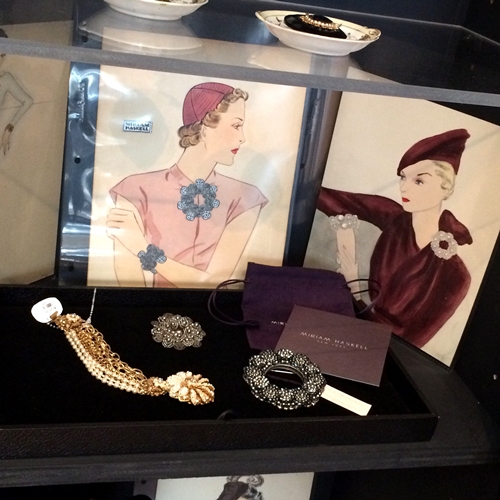
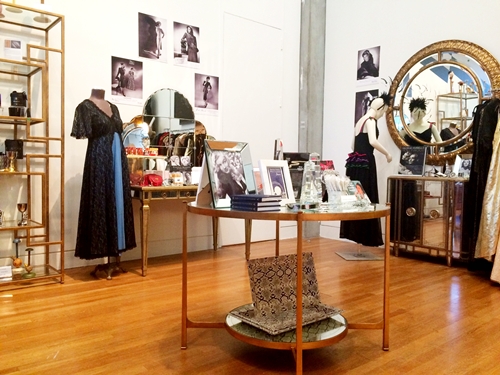
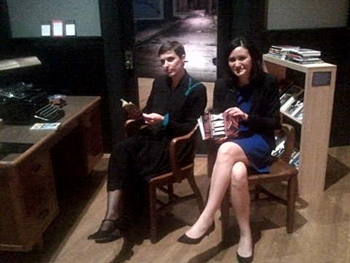
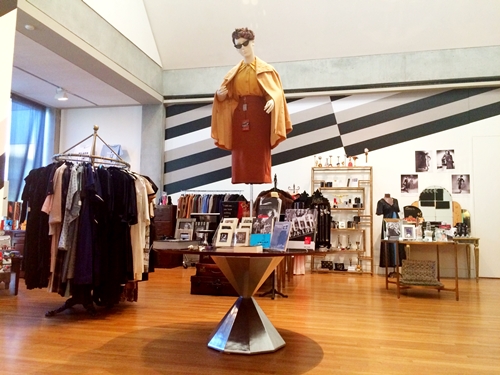
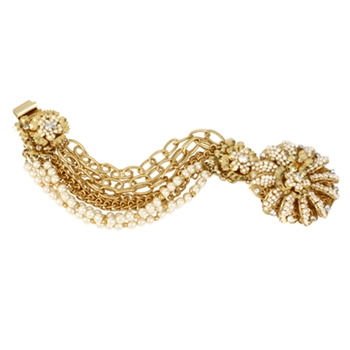
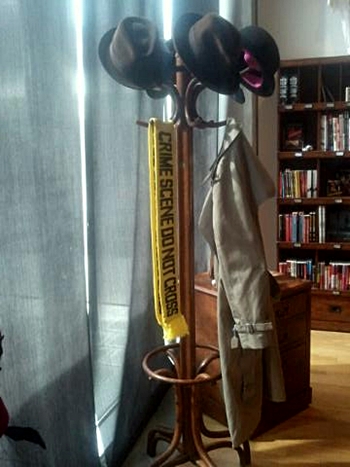
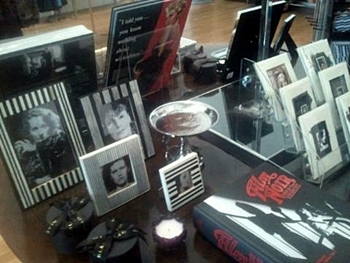
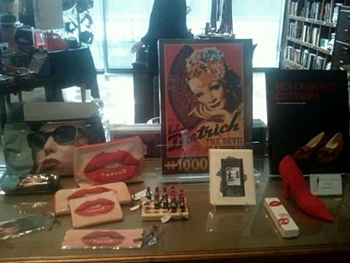





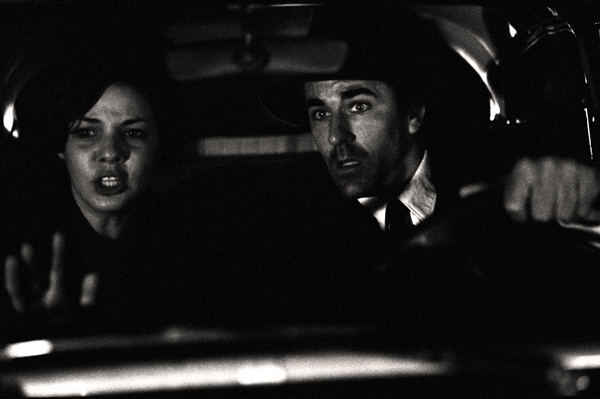
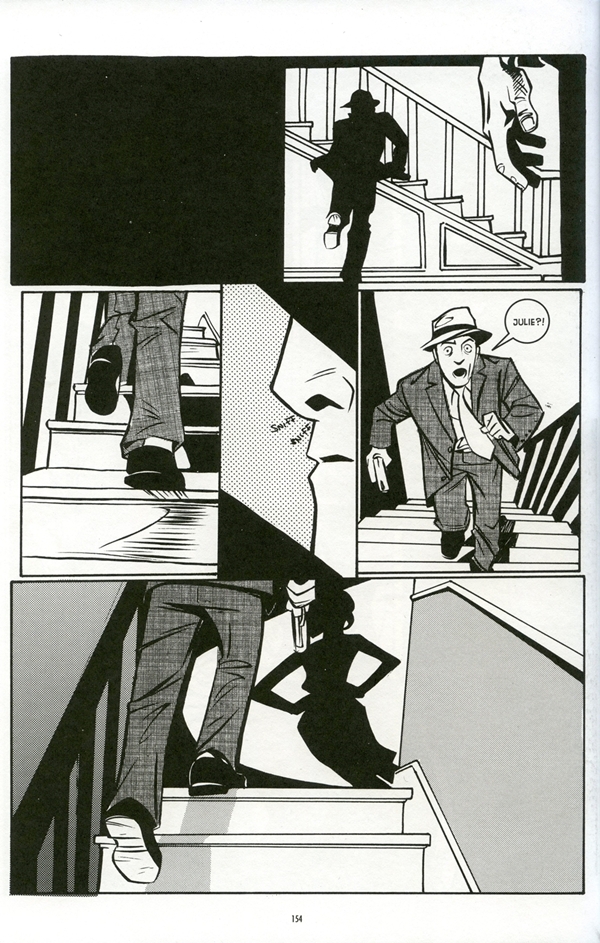
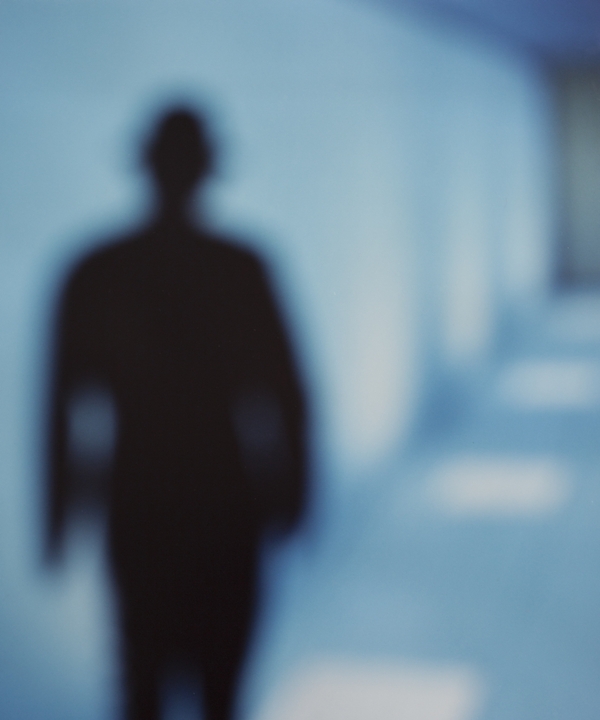
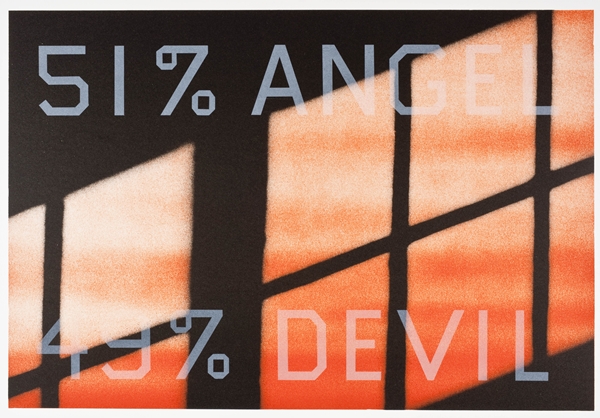
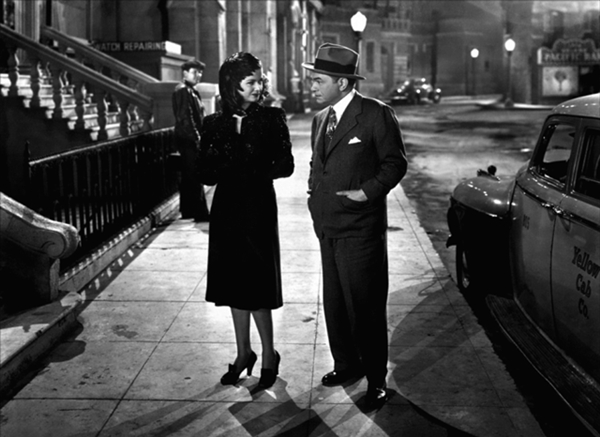
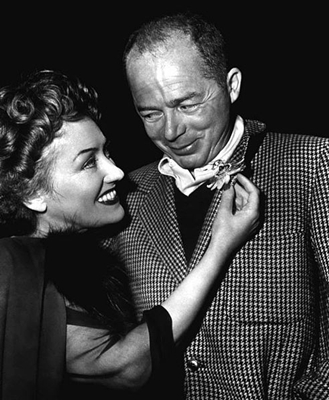
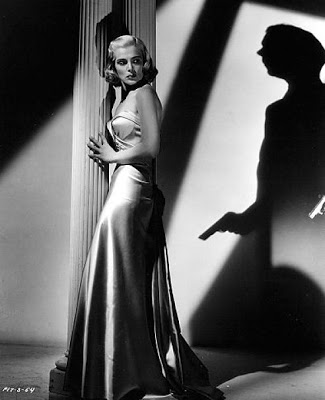
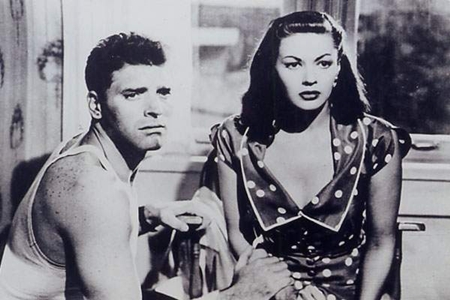

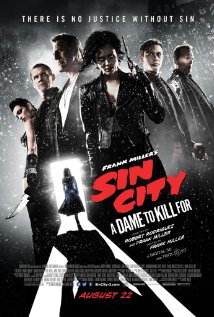
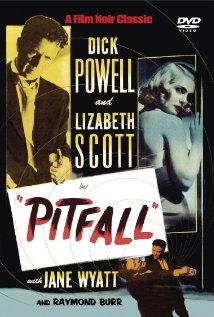





From FNB readers